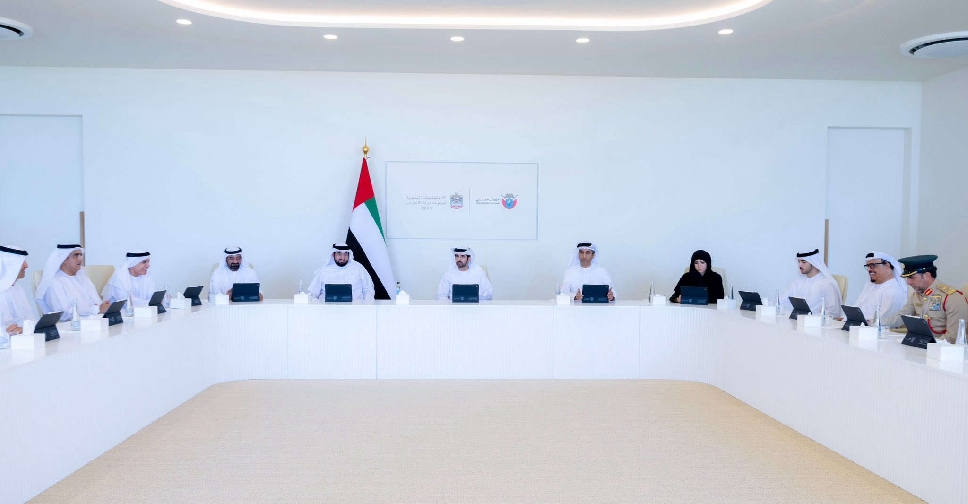
Samsung Electronics Co. is deploying a new strategy that’s being credited for making the Galaxy S7 smartphone a surprise hit since its debut in March: releasing it sooner and pricing it cheaper. Sales of the company’s top-end lineup are estimated to reach 9 million units during their first month on the market - or triple those of the S6 models in the same time frame last year. That’s prompting analysts to raise their projections for operating profit and revenue when Samsung reports preliminary first-quarter earnings Thursday, even as its marquee device with a wraparound screen is as much as 8 percent cheaper than last year’s version. The world’s biggest smartphone maker scrapped its practice of raising prices with each new model, a ploy long used by Apple Inc., as it tries to counter flattening sales growth. While Samsung’s chip and display businesses probably will suffer as a result, sales of the S7 devices are being energized by critical praise, a lull in new models from Chinese makers and the lack of an iPhone 7 to sway upgraders and first-time buyers. “With the high-end smartphone market largely stagnated, the issue is no longer about what ‘Wow’ features the new phone has,” said Claire Kim, a Seoul-based analyst at Daishin Securities Co. “Rather, it’s about who can bring out the phone quicker.” Shares Gain The S7 lineup was released March 11, about a month sooner than the S6 models that went on sale in April 2015. The phones look similar, one with a 5.1-inch screen and the other with a 5.5-inch screen wrapping around the edges, yet the new models include a memory-card slot, waterproofing and a longer estimated battery life. Shares of Samsung rose 1.5 percent to 1,279,000 won as of 9:55 a.m. in Seoul, compared with the benchmark Kospi’s 0.3 percent rise. Even with those new features and upgraded components, the S7 Edge is cheaper than the S6 Edge. Analysts originally predicted combined sales of about 7 million for the new phones, though recent channel checks and a briefing by the company prompted six analysts surveyed by Bloomberg News to raise their projections by an average of 30 percent. Huawei, Lenovo “Early indications are Galaxy S7 demand is tracking well above the Galaxy S6 demand from last year in the developed markets of USA and Europe,” Neil Shah, research director at Counterpoint Technology Market Research Ltd., said in an e-mail. The new models also are helping the company gain back customers in China from domestic makers Huawei Technologies Co., Lenovo Group Ltd. and Xiaomi Corp. Samsung’s share of the world’s largest market was about 7 percent during the first two months of the year - a decline of about 1 percentage point from a year earlier, Shah said. “Galaxy S7 series should be able to bump up the market share a bit in March as it is being received fairly positively across the world and China,” he said. Ripple Effect That sentiment is creating a ripple effect when it comes to earnings estimates. Among the analysts tracking Samsung, 13 raised their projection for operating profit from a month earlier, while another six lowered them. That nudged the average prediction higher by almost 4 percent to 5.52 trillion won ($4.8 billion), according to data compiled by Bloomberg. Doh Hyun-Woo, an analyst with Mirae Asset Securities Co., raised his estimate for operating profit on March 30 by more than 1.2 trillion won to about 6.2 trillion won. “We attribute the better-than-expected operating profit to robust sales of the Galaxy S7,” Doh said in a report. Those sales are due to the lack of competing models, “lackluster sales” of the iPhone 6S, the S7 upgrades, and “competitive pricing,” he said. The S7 Edge ranges in price from 924,000 won to 968,000 won, according to Samsung. Doh didn’t respond to several telephone messages seeking additional comments. Screen Shortage Last year, the company misfired when it underestimated demand for the curved S6 Edge and couldn’t produce enough three-sided screens. That’s not an issue with the S7 Edge. Also, 19 analysts raised their estimates for revenue in the past four weeks, while only 3 lowered theirs. The average projection is for sales of 48.73 trillion won, a 2 percent increase from prior estimates, according to data compiled by Bloomberg. Samsung won’t provide net income or break out the results of various divisions until it releases audited results later this month. The company, run by Vice Chairman Lee Jae Yong, needs a hit. Samsung’s global smartphone market share fell for the second straight year in 2015, and revenue and net income have fallen two straight years. Since the phone’s release, shares have risen 4.4 percent after falling the previous three years. Other Models “The S7 sales are extremely encouraging,” Executive Vice President Rhee In Jong said in a March 21 interview. The company declined to comment Tuesday. The success of the S7 likely will encourage Samsung to use the same playbook with its newest large-screen Note devices later this year, said Neil Mawston, executive director of researcher Strategy Analytics. “We expect Samsung’s Galaxy S7 to be the world’s best-selling Android smartphone in 2016,” Mawston said in an e-mail. “We expect Samsung to release the Note 6 a month or two before the Apple iPhone 7, to try and grab that window of opportunity.” (By Jungah Lee/Bloomberg)

 H.H. Sheikh Mansoor highlights sustainability, innovation at Gulfood Manufacturing
H.H. Sheikh Mansoor highlights sustainability, innovation at Gulfood Manufacturing
 Dubai Chamber of Commerce welcomes over 53,000 new companies
Dubai Chamber of Commerce welcomes over 53,000 new companies
 ADNOC, Gecko Robotics sign deals to accelerate AI, robotics, skills training
ADNOC, Gecko Robotics sign deals to accelerate AI, robotics, skills training
 ADIPEC 2025 kicks off in Abu Dhabi with record global presence
ADIPEC 2025 kicks off in Abu Dhabi with record global presence
 Maktoum bin Mohammed chairs Board meeting of Federal Tax Authority
Maktoum bin Mohammed chairs Board meeting of Federal Tax Authority




